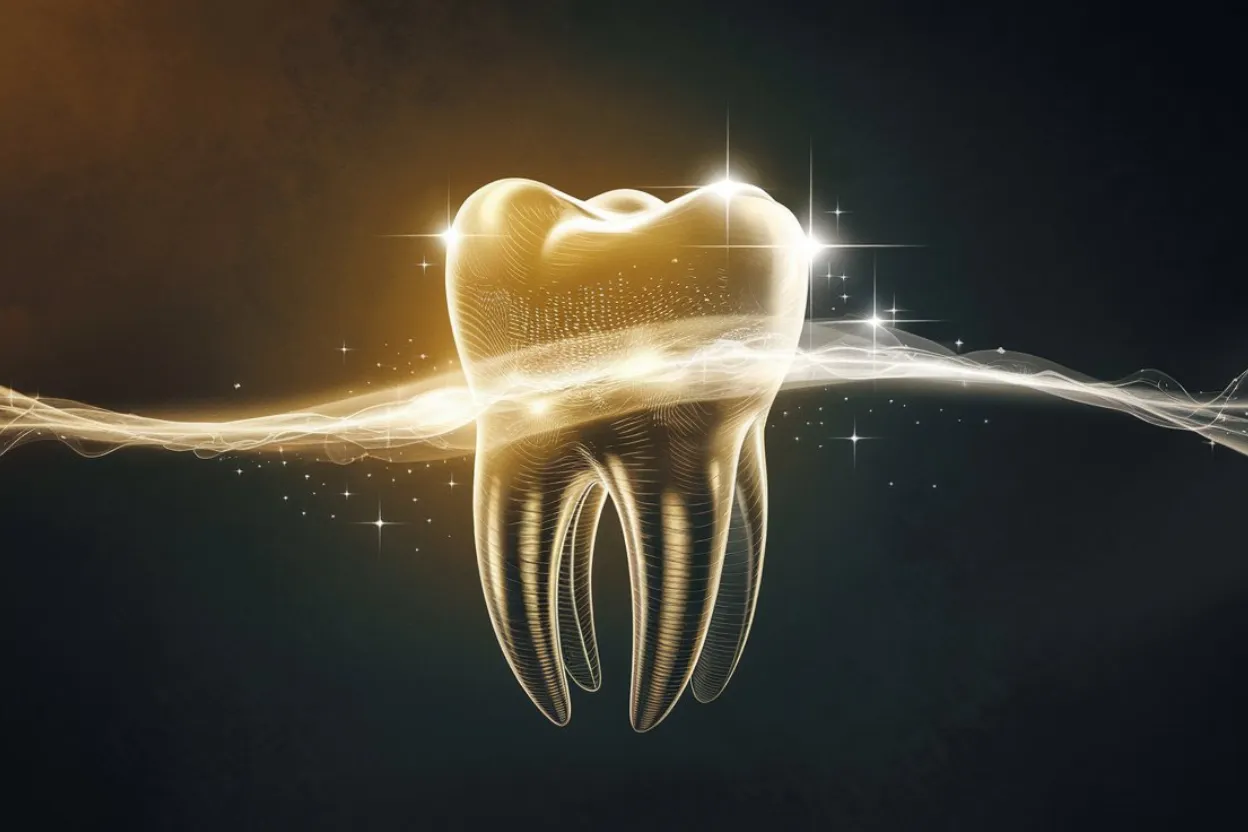Tooth color says a lot about your smile—and, honestly, your confidence. Yellow teeth? You’re definitely not alone. Almost everyone deals with it at some point. Still, it’s hard not to get a little self-conscious or shy away from showing your teeth. The good news is that cosmetic dentistry has come a long way. Today, there are safe and proven ways to get your teeth looking bright again.
First things first: figuring out what’s causing the yellowing. Sometimes the stains are just on the surface, but other times, the problem runs deeper. Knowing the real reason behind the discoloration helps your dentist pick the best way to fix it—whether it’s whitening, veneers, or bonding—so the results actually last.
Why Do Teeth Turn Yellow?
1. Food and Drinks
Think coffee, tea, red wine, soda—anything dark or acidic. These drinks are packed with pigments that stick to your enamel and leave stains behind. Acidic foods also soften your enamel, making it even easier for stains to set in.
2. Tobacco
Smoking and chewing tobacco are rough on your teeth. Tar and nicotine seep right into the enamel, leaving behind stains that brushing just can’t handle.
3. Aging
As you get older, enamel wears down and the yellowish layer underneath (dentin) starts to show through. Even with perfect brushing, age alone can darken your teeth.
4. Skipping Oral Care
If you don’t brush or floss regularly, plaque and tartar show up fast. They’re not just bad for your gums—they can make your smile look dull and yellow.
5. Medications & Health
Some antibiotics, like tetracycline, or too much fluoride when your teeth are developing, can cause permanent discoloration. Medical treatments like chemotherapy can also change tooth color.
6. Genetics
Sometimes, it’s just in your DNA. Some people have thinner enamel or naturally darker dentin, which makes their teeth look yellow no matter how well they clean them.
Types of Tooth Discoloration
Extrinsic stains: These are on the surface—think coffee, wine, smoking. Usually, a cleaning or whitening treatment gets rid of them.
Intrinsic stains: These are deeper, inside the enamel or dentin. Whitening alone usually won’t cut it; veneers or bonding work better here.
Age-related stains: This one’s a combo—surface stains plus enamel thinning over time.
How Cosmetic Dentistry Can Help
Professional Whitening
In-Office Whitening
Dentists use a strong hydrogen peroxide gel and a special light to lighten teeth—sometimes up to eight shades brighter in just one visit. It’s fast, safe, and great if you want results right away.
Take-Home Whitening Kits
Your dentist makes custom-fit trays and gives you a milder gel to use daily at home. You’ll see gradual results over a week or two. These kits are also good for keeping your teeth bright between office visits.
Sensitive Teeth?
If whitening makes your teeth ache, don’t worry. Dentists have fluoride or potassium-nitrate gels to help protect your enamel and ease sensitivity.
Veneers for Stubborn Stains
Some stains just won’t budge—especially if they’re deep or caused by enamel defects. That’s where porcelain veneers come in. They’re thin shells that cover the front of your teeth, hiding stains and creating a flawless look. With good care, veneers last 10–15 years.
Dental Bonding: A Budget-Friendly Fix
If you only have a few teeth with mild or moderate discoloration, bonding is a solid option. The dentist applies a tooth-colored resin, shapes it, and hardens it with a light. It’s less expensive than veneers and usually finished in one appointment.
How to Keep Your Teeth White
- Brush twice a day with fluoride toothpaste.
- Floss daily to keep plaque from building up.
- Rinse your mouth with water after coffee or wine.
- Quit smoking for good.
- Get professional cleanings every six months.
- Use touch-up whitening gels now and then if your dentist says it’s okay.
Myths About Whitening
Myth: Whitening ruins your enamel.
Fact: When a dentist supervises, whitening just removes surface stains.
Myth: Baking soda is safe for daily brushing.
Fact: It’s rough on enamel and can do more harm than good.
Myth: All teeth whiten the same way.
Fact: Fillings, crowns, and veneers don’t whiten, so sometimes they need to be replaced to match the new shade.
A Real-Life Example
Take someone in their 40s who loves coffee and has mild stains. She tries in-office whitening and gets custom trays for at-home maintenance. After 90 minutes, her teeth are six shades brighter. With regular brushing and a few touch-ups, her smile stays bright for over a year.
Conclusion
Yellow teeth aren’t a lost cause. Whether it’s coffee, tobacco, or just getting older, there’s a safe and effective fix out there. Professional whitening, veneers, or bonding—when you combine those with good habits at home—can bring back your natural shine and boost your confidence.



